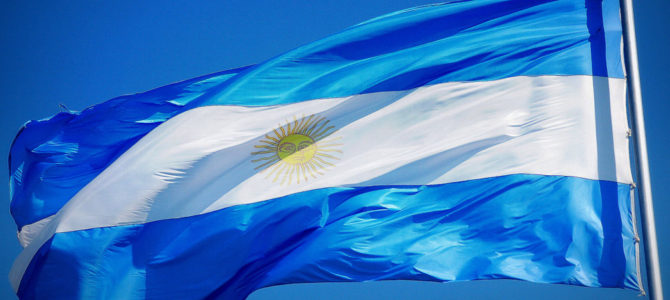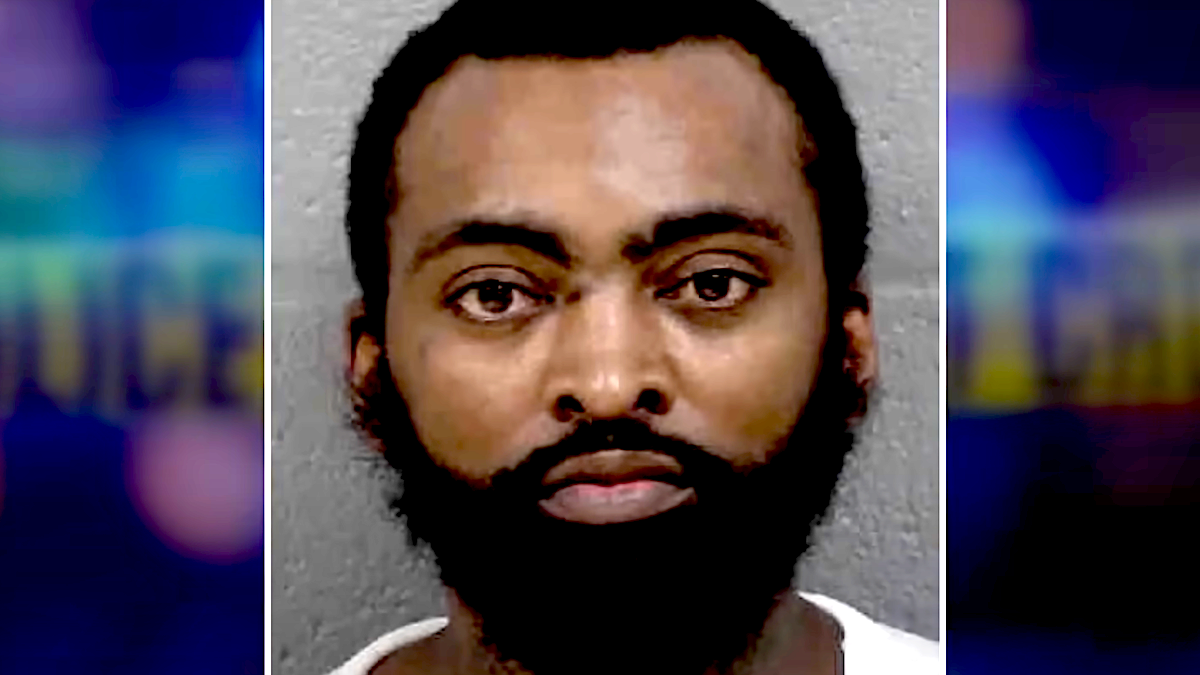
A mini-civil war broke out on the Left last week when a professor in Virginia took to the pages of The Washington Post to criticize Harvard Professor Larry Summers for accusing President Trump of leading America down the path toward “Argentinization.”
It’s not that University of Richmond Professor Ernesto Semán, a native of Argentina, wanted to defend the POTUS, of course. A glance at his Twitter feed reveals all the “social justice” themes popular with the Left. Rather, Semán’s attack on Summers seeks to defend Juan Perón — and that requires a revisionist historical narrative of the Argentinian dictator’s rule and his still-potent Perónist party.
This is familiar territory for Semán. Last year he published a book-length Perónist apologetic — perhaps to help his old boss, former President Cristina Kirchner, achieve her goal of retaking the presidency of Argentina from incumbent center-right President Mauricio Macri.
The late President Nestor Kirchner and his wife Cristina established their own brand of Perónism — Kirchnerismo — during their 12 years in power (2003-2015). For most of that time, Semán held a series of high-level posts in their Ministry of Foreign Affairs.
Semán also worked for the Center for Legal and Social Studies (Centro de Estudios Legales y Sociales — CELS), a think tank in Buenos Aires. According to Matias Nardi, a conservative Argentinian political analyst, the Kirchners used studies by CELS to discredit rivals, co-opt the domestic human rights debate to focus only on abuses alleged to have been committed by their political opponents (and not their own), justify the erosion of strong but independent Argentine political institutions, and cast themselves as the only way the country could hope to achieve the mythical Rawlsian goals of equality and fairness.
In other words, Nardi alleges, CELS indulged in biased analysis. And bias would seem to be the only explanation for the intellectual jujitsu Semán employs in his book (summarized here in a sympathetic review). How else can one explain his assertion that Juan Perón was not and never had been a fascist?
That would have come as a news flash to thousands of former Nazi party members and SS officers to whom Perón, according to Christopher Klein, offered safe haven in the years following the fall of the Third Reich.
It would also be strongly disputed by Spruille Braden, America’s ambassador to Argentina during Perón’s early years in power. A clear-eyed member of “the greatest generation,” Braden was staunchly anti-Fascist and anti-Communist. He also harbored no illusions about caudillo (“strongman”) populists like Juan Perón.
Watching as Colonel Perón seized power in a 1943 military coup, Braden reported that he and his henchmen in Argentina’s leftist labor unions — all admirers of Hitler and Mussolini — deployed the same fascist tactics and goon squads to consolidate their power.
As Semán notes in his book, Perón cynically tapped into the ever-lurking anti-Yanqui sentiments in Argentina and literally campaigned against Braden, who had made no secret in Buenos Aires of his dislike for Perón.
After Perón managed to secure ratification of his military dictatorship by a slim majority of voters in a 1946 presidential election, he built a sprawling welfare state to purchase future voter loyalty. He went on to construct the brutally effective Perónist political machine that has de facto ruled Argentina for most of the subsequent seven-plus decades.
In the process, Perón nationalized industries, established inefficient and corrupt state-owned enterprises, imposed Marxist-inspired “import substitution” policies, created a government monopoly to control all exports, jailed political opponents, and censored media critics.
Semán claims that gringoes like Larry Summers have given Perón a bad rap — that his actions were actually inspired by FDR’s New Deal. But Perón’s role models for using the central government to drive industrialization were more likely to have been Hitler and Stalin.
After the defeat of the Axis powers, Perón reoriented his general ideological compass toward Moscow, although he bitterly opposed the Soviet Union’s most threatening provocateur in the Western Hemisphere: Fidel Castro. As Perón knew, taking a hardline stand against Castro would also make him less distasteful to Washington.
Argentine journalist Matias Ruiz reports that Perón literally took pages from the propaganda leaflets of the Nazis, Italian fascists and Russian Bolsheviks as he fashioned Perónism — a nationalistic and populist synthesis of all three that revolved around … Juan Perón. That explains why Perón, during his first decade in power, blocked several attempts by the communists to infiltrate unions and Argentine society as a whole.
It is also why Perón created a brutally effective Argentine counterintelligence agency to launch a vicious clandestine war against the “Montoneros,” the Cuba-funded, communist guerrilla group inspired by Castro’s comrade-in-arms — Argentina-born Ernesto “Che” Guevara.
Nevertheless, as James R. Whelan has reported, Ambassador Braden later estimated that Juan Perón implemented 85 percent of Marx and Engels’ Communist Manifesto to-do list. In the process he and his cronies vastly enriched themselves and their families.
Argentina’s long slide in the annual Heritage Foundation Index of Economic Freedom reflects the tremendous economic harm inflicted by Perónism. Yet Semán highlights only the admittedly substantial short-term gains Perón was able to deliver to his political base — by redistributing the wealth that had been built up over decades in what had been, until Perón took over, one of the world’s wealthiest countries.
If Semán’s goal is to convince Argentinians (and Americans) that it would be good for them to return to the bad old days of authoritarian Perónism, that will be a tough sell back home. The voters there got fed up and voted the Perónists out of power in 2015.
Deeply entrenched Perónism lives on, though, and its adherents are maneuvering to take out non-Perónist President Macri just as they engineered the premature removal of the only other two non-Perónist presidents since democracy was re-established in Argentina in 1983. As The Wall Street Journal’s Mary O’Grady reported last month,
Twelve years of Kirchner rule … left this country bankrupt, both institutionally and financially. The Kirchners jailed political opponents, confiscated private property, nationalized businesses, gagged media critics, fomented street mobs, falsified government statistics, and destroyed the central bank’s independence. Kirchnerismo bloated the government and left the economy in shambles.
Mr. Macri will face his next big test when the government negotiates salary increases with the teachers unions in March. In anticipation of that showdown, union activists — Mrs. Kirchner’s most important constituents — have organized a nationwide mobilization for late February. They hope to paralyze the country, push wages to match current inflation, quash Mr. Macri’s agenda and add his name to the Peronist list of interrupted presidencies.
Given its motto, “Democracy Dies in Darkness,” it is ironic The Washington Post should feature Semán’s call for a return to darkness. Argentinian democracy was, at best, on life support during the Perón dictatorship. It was extinguished completely during the “Dirty War” years that followed, a war caused in part by Perón’s venal mismanagement and his weakening of the country’s institutions.
Democracy will face dark skies again if Perón’s political progeny manage to make a comeback.









